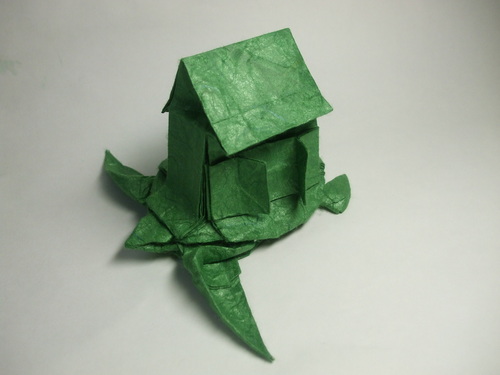Boldly Folding (part 2)
 There is a stack of
rectangular
papers. You can use four different kinds of folds:
There is a stack of
rectangular
papers. You can use four different kinds of folds:

- grabs all the layers from the bottom and folds it to the top.
- grabs all the layers from the top and folds it to the bottom.
- grabs all the layers from the right and folds it to the left.
- grabs all the layers from the left and folds it to the right.
After folds, how many layers exist?
Details and assumptions:
- The papers have infinitesimal thickness.
- All of the papers in the stack are aligned with one another.
House turtle folded by Herng Yi .
This section requires Javascript.
You are seeing this because something didn't load right. We suggest you, (a) try
refreshing the page, (b) enabling javascript if it is disabled on your browser and,
finally, (c)
loading the
non-javascript version of this page
. We're sorry about the hassle.
If you don't fold at all, your number of layers is n .
If you fold once, your number of layers doubles: n 2 .
If you fold twice, your number of layers doubles again: n ⋅ 2 ⋅ 2 .
If you fold three times, your number of layers doubles again: n ⋅ 2 ⋅ 2 ⋅ 2 .
We can start to see a trend; The number of layers after x folds is n 2 x .